Family

German Immigrant Period in the United States

German-Jewish Pietists: Attitudes towards Women
Despite their small numbers, the introspective and penitential religious outlook of the German-Jewish Piestists had a significant and lasting impact on European Jewry. Written by men and intended for a male audience, the Pietists’ writings heighten the profound ambivalence toward women that is inherent in the rabbinic tradition
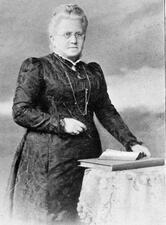
Germany: 1750-1945
The Jewish Reform movement did not liberate women from their subordinate religious status, and the nineteenth-century bourgeois German family ideal with its rigid gender roles soon eclipsed the fluid structure of premodern Jewish families. Jewish women were expected to transmit German bourgeois values while also shaping their children’s Jewish identity.

Mirra Ginsburg
Gertrude Glogower
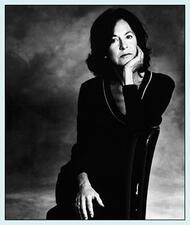
Louise Glück
Louise Glück, American poet, essayist, and educator, was the recipient of the 2020 Nobel Prize in Literature, as well as numerous other awards for her writing; she also served as poet laureate of the United States from 2003 to 2004. One finds the personal, the mythological, and the Biblical woven intricately throughout Glück’s oeuvre.
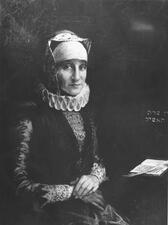
Glueckel of Hameln
Born into an affluent family in Hamburg, Glückel of Hameln became the business partner of her beloved first husband. She began writing memoirs in 1691, after her husband’s death. These memoirs are incredibly detailed, combining a meticulous record of her life and descriptions of events that occurred in local Jewish communities. Her memoirs are both a singularly important social and historical document and one of the greatest literary achievements of Ashkenazi prose–in Yiddish or Hebrew–at least until the end of the eighteenth century.
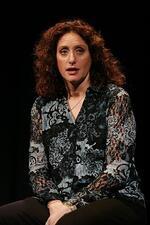
Judy Gold
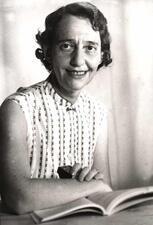
Lea Goldberg

Nan Goldin
Starting in the 1970s, Nan Goldin used her camera to document her own life and that of her friends, her alternative family. Her pictures revealed intimacy and violence, love and abuse, sexuality and addiction, in the downtown punk scene of New York in the 1980s, a world subsequently devastated by AIDS. She adopted a slide show format to be a mirror to her friends, and ended up mirroring their lives to the outside world.
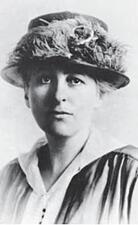
Josephine Clara Goldmark
Josephine Goldmark laid the groundwork for transforming American labor laws by amassing data that forced lawmakers to confront the painful realities of factory work. At the National Consumers’ League, she compiled data on working conditions, wrote articles, led campaigns for legislative reform, and recruited her brother-in-law, Louis D. Brandeis, to argue for those reforms in court.
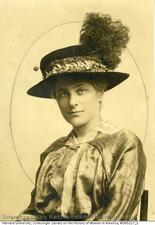
Pauline Goldmark
Pauline Goldmark was a social worker and activist, part of a group of women seeking the vote and reforms of the urban and industrial excesses of the early twentieth century. A pioneer in methods of social research central to reform efforts, Goldmark was indispensable to labor rights initiatives.
Gomer, daughter of Diblaim: Midrash and Aggadah
According to the Rabbis, God commanded Hosea to marry Gomer, the daughter of Diblaim, to teach him proper conduct for one who was to prophesy to Israel. Despite Gomer’s harlotry, the rabbis interpret her story as proof that, even when God is angry with Israel, God still loves Israel.
Gomer: Bible
The prophet Hosea uses his adulterous wife Gomer as a metaphor for God as the faithful husband to Israel. Gomer and Hosea’s relationship shows how women were ostracized for extramarital sex while such behavior was tolerated if not encouraged in men, paralleling the relationship between Israel and God. It is difficult, however, to separate historical facts about the couple’s domestic problems from the theological message expressed through them.
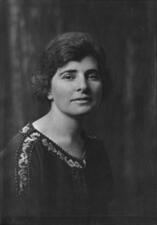
Dorothy Lerner Gordon
Dorothy Lerner Gordon—musician, broadcaster, author—dedicated her talents to the entertainment and education of children and young people. Throughout her career, she created radio programming to give children access to literature, music, and current events.
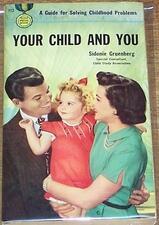
Sidonie Matsner Gruenberg
Irene Rothschild Guggenheim
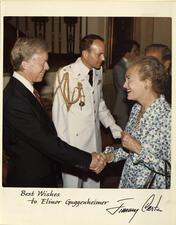
Elinor Guggenheimer
Elinor Guggenheimer first toured New York City day nurseries as a member of the Federation of Jewish Philanthropies during the 1930s. Horrified by what she saw, Guggenheimer began a lifelong crusade for improved and standardized child care facilities across the country, in addition to her work promoting women in public office.

Hadassah: Yishuv to the Present Day
Hadassah, the Women’s Zionist Organization of America (HWZOA) has a lengthy history of activity in the Yishuv and Israel, going back to 1913, about a year after it was founded in New York, and continuing to this day. This activity, outstanding in its scope, continuity, stability, and diversity, encompasses efforts in the sphere of health and medical services and in the welfare of children and youth.
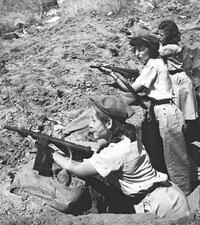
Haganah
Women played many different roles in the operations of the Haganah. Though their stories are frequently excluded from the story of the Jewish paramilitary organization in British Mandate Palestine, women served as caretakers and nurses, as well as fighters and commanders.
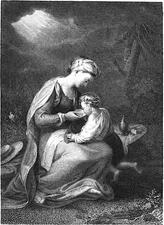
Hagar: Bible
Hagar is Sarah’s Egyptian slave woman, whom Sarah gives to Abraham as secondary wife and who would bear a child for him. After Hagar becomes pregnant, Sarah treats her harshly. Eventually Hagar flees from her mistress into the wilderness, where God’s messenger speaks to her. Hagar has long represented the plight of the foreigner, the slave, and the sexually abused woman.

Hagar: Midrash and Aggadah
Hagar is the subject of much interpretation by the rabbis, who portray her as a spiritual and even righteous woman. The rabbis often depict her relationship with Sarah as harmful and fractious, though some traditions identify her with Keturah, taken as a wife by Abraham in Gen. 25:1; in this interpretation, after their divorce she remarried Abraham after Sarah’s death.
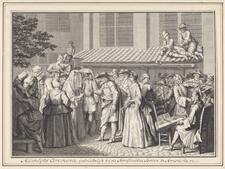
Halakhic Decisions on Family Matters in Medieval Jewish Society
Across the medieval Jewish world, rabbis used takkanot (rabbinic decrees) to address urgent needs in family life among their Jewish communities. These takkanot are key historical sources for understanding the changing roles of women in the medieval Jewish world.
Julia Horn Hamburger
A long-time volunteer, Julia Horn Hamburger was founding president of the New York Children’s Welfare League, which offered health and education services to immigrant children, the founding vice president of the Jewish Theater for Children and founding president of Ivriah, the women’s division of the Jewish Education Association. During WWII she shifted her focus to aiding the American Jewish Committee and the Anti-Nazi League.
Hamutal: Bible
Hamutal was one of the queens of the Kingdom of Judah and had a great deal of influence over her sons’ reigns.


